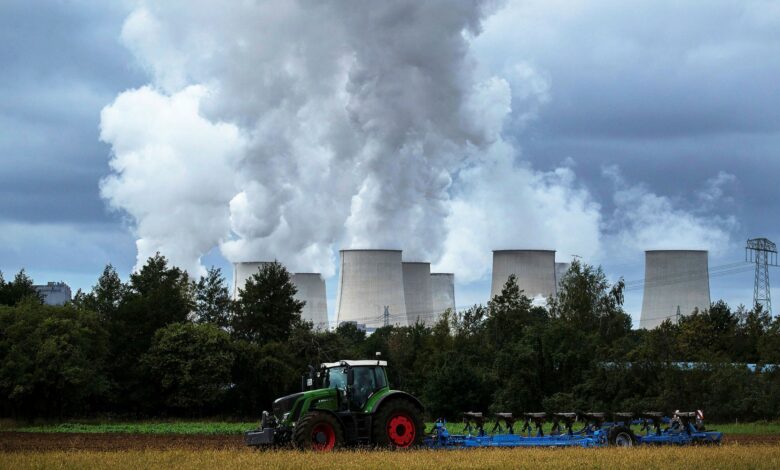Carbon credits become more important than ever

One of the main events in global goods today occurs in a sector where many people have declared an ignominious breakdown a decade earlier. European carbon prices – which have risen 170% in the past twelve months after a valuation triple in the last three years – start to quietly rebuild the continent’s power and manufacturing industries. This will have significant consequences for the willingness of the planet to address its pollution over the coming decades.
The Emissions Trading System (ETS) of the European Union (EU) is the most significant example of the pollution control solution most in vogue during the 2000s: Set a falling annual pollution limit that levies large fines and permit big polluters to get and trade permits so that the market can find the most effective road towards nullification.
For many years the European ETS itself was perceived to be no more successful than the Capital and trade law of the United States, which was never passed by Congress — or Australia, and was abrogated in 2014 with a change of government. The over-allotment of licenses and the economic downturn following the 2008 financial crash resulted in carbon allowances being traded at a price so cheap, falling to zero for much of 2007 and averaging 5.89 euros over the five years to 2018.
The problems were overwhelmed by the fact that the European Union tweaked the plan’s implementation and the outcome was remarkably successful. At the beginning of 2018, the 433% rise in carbon allowance has resulted in a stronger investment than Bitcoin, up by 283%, not to mention iron ore, palladium, or timber. Last Wednesday, they reached a record 42.99 euros per tonne.
This isn’t just a screen number.
Prices in turn tend to have real-world consequences at these stages. The price of Germany’s low-grade lignite-based coal power was shifted deep into lost-scale territory last year, coupled with the competition from cheap gas and renewable energies. Generation from the lignite plants of RWE AG has declined by half in the last three years to challenge the expectation of less polluting technology to survive comparatively low operating costs.
Power generation is not the only industry in which carbon prices could flip the script at current levels. Null-carbon steel, a technique now considered science fiction by many, is considered affordable at carbon rates over 40 euros a ton with a conventional heavily polluting commodity. According to a report by 2020, Finnish forests are becoming as valuable as a carbon sink rather than just as a source of timber and pulp.
The United States will now be introducing a 50 US dollar carbon tax credit over the coming years for its carbon capture except for carbon storage, which has largely been discontinued due to its early shortcomings, for certain manufacturing processes like ammonia, ethanol, and hydrogen.
According to a 2017 report by economics experts Joseph Stiglitz and Nicholas Stern, worldwide, we could meet the Paris Convention aims of maintaining warming below two degrees celsius at a global price from $40 to $80 a tonne in 2020.
At least, Europe is well in this field now—and it does not look forward to the collapse of this industry to the fact that main owners of carbon allowances, for example, RWE, hang on to their allocations instead of being sold into the existing price strength. On its own, that is not sufficient. The EU is less than 10% of the world’s pollution. However, as emissions are priced, their costs follow the rising course of Europe, due to the ever-closer carbon limits. The carbon tax in Canada will reach C$50 ($40) a ton in 2023 before 2030 increases to C$170 a tonne. The pollution price of California has crossed $18 a ton in recent months and the equivalent of $34.79 in South Korea last year. The Chinese nascent carbon markets predict prices of 71 yuan per ton by 2025 on average (11 dollars per tonne).
The solution for carbon prices is not to write it down, but to strengthen it, to reach more markets, and to have more foreign trading opportunities. By default, capitalism is increasingly innovative with new technologies, many of which have a large carbon footprint that is not included in the current legislation — think of sports cars, bitcoins, or non-fungible tokens (NFTs). If we do not wish to be stuck in this, we will need a world in which a carbon price is as unavoidable across all our markets as death and taxation.




